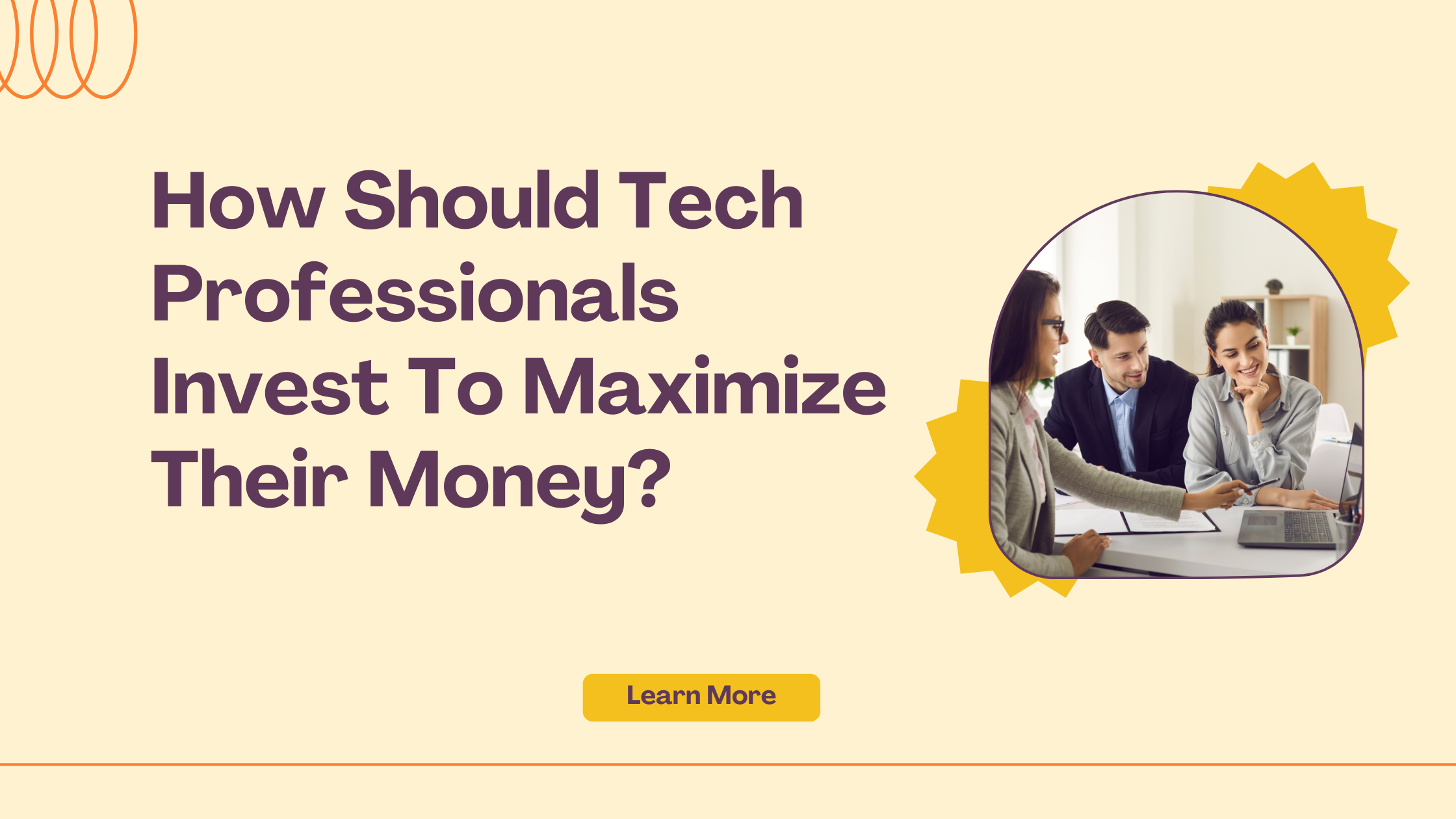Of startups and FBI hostage negotiations
Roshani Pandey is a financial advisor and founder of True Root Financial. True Root Financial is located in San Francisco, CA and serves clients across the globe.
What is the biggest problem that entrepreneurs face? Or, FBI hostage negotiators face? Or for that matter any of us face when we are trying to solve a new problem? It’s uncertainty – not knowing all the hidden facts and hence, not knowing the solution either.
In the case of a startup, it’s uncertainty about what to build, for whom and how to sell it to them. In the book, The Lean Startup, Eric Ries puts forth the scientific method as a way to solve this problem and build a successful company.
Although in a completely different scenario, Chris Voss, a real-life hostage negotiator, also addresses the same problem of not knowing in his book, Never Split The Difference. In it, Voss also posits the scientific method as a way to successfully negotiate the best outcome in any situation.
What is the Scientific Method?
The scientific method as the name suggests is how science works. Its central theme is to not assume anything unless it is proven. It starts by creating a theory, or a hypothesis about a problem. It then tests the theory by running experiments. The results of the experiments are observed and measured to learn more about the problem. As new information comes to light, it leads to a new set of theories and experiments to test those new theories. Through repeating this loop of experiment, measure and learn as many times as necessary, we finally understand the true and complete nature of the problem and the solution that addresses it.
The Lean Startup:

Try Audible and Get Two Free Audiobooks
Hailed as the textbook for every entrepreneur, the Lean Startup methods form the basis on which unicorn startups are founded and developed in Silicon Valley today. Ries defines a startup as any organization that is trying to operate in an environment of extreme uncertainty. By this definition, a startup is not only a commercial enterprise but just about any organization or initiative operating in an environment of extreme uncertainty. This also includes non-profits and government organizations that are trying to solve a problem that they believe exists but for which, the solution has no precedent.
Build, measure, learn loop
To approach this high level of uncertainty, Ries suggests entrepreneurs approach every aspect of the business as a hypothesis that needs to be tested and measured before you get too far down the line so you don’t waste the money, time and energy in building something that no one wants.
At the outset, he urges entrepreneurs to identify the big “leap of faith” assumptions they make about their business. He cites the example of the Consumer Financial Protection Bureau (CFPB), a federal agency created under President Obama to help consumers against predatory lending practices of some credit card companies and mortgage lenders. One of the mandates of the agency was creating a large call center where consumers could call with financial questions and individual caseworkers would help the caller. Before spending a budget of $500 million to build the agency, only to realize that major changes would need to be made, the CFPB creators decided to use the Lean Startup methods by first identifying the underlying assumptions of the agency and test it on a small scale before building further.
The underlying assumption of the call center was that since data shows that every year, many individuals fall victim to financial frauds, they would call the CFPB if they knew they could get help. Even though this sounded reasonable on the surface, it was basically an assumption. It assumed that victims of financial frauds even saw themselves as victims. Perhaps, they did not even think that they were being taken advantage of and even if they did, would they call the CFPB with questions? And would enough number of consumers call to make the call center viable? To test these early questions upon which the organization’s viability rests, Ries suggests building a mean viable product.
Mean viable product
A mean viable product (MVP) is an experiment to test the early assumptions. Even though it mentions the word “product,” it doesn’t necessarily have to be one. Every industry has a different version of the experiment and when in doubt, Ries advises entrepreneurs to keep it as simple as possible so you don’t spend too much time in this early step. For the cloud storage company, Dropbox, its MVP was a video that told early adopters what its product was going to be about.
The MVP for the CFPB was a simple website and an automated answering system powered by Twilio. Consumers were asked to visit the site with questions. There were no caseworkers employed at this point but the answering system would simply direct the consumers to where they could find the relevant information. The response received from this early experiment enabled the CFPB to test many of their key assumptions such as what were the key concerns of the consumers and what percentage was likely to call.
Pivot or Persevere
Ries calls what businesses learn from these experiments, validated learning. It is concrete facts derived from real-world data about the current and future aspects of the business from actual customers.
The MVP allows entrepreneurs to establish the baseline metrics, the drivers that really move your business. This gives a goalpost for entrepreneurs to make changes to the business model to drive growth. Ries calls this fine-tuning the engine of growth. But when the metrics don’t improve even after fine-tuning, it may be time to pivot. This may be changing the revenue model, or targeting different customers or changing a product feature. This leads the entrepreneur to ask a whole new set of questions about their business model and run experiments to test them. Repeating this loop of build, measure and learn as many times as necessary, allows entrepreneurs to answer the question, what should we build and for whom.
Ultimately, the book is about the mindset
After going past the initial phases of figuring out its product and customers, a business enters the next phase of expanding and growing. In this phase, Ries talks about how to accelerate the engine of growth by going through the build, measure, learn loop even faster. Ries also talks about a tactic that he used at a company he founded, IMVU, where they kept a revenue target, achieved that target with a cohort of customers, then used the validated learning from that cohort to achieve a larger revenue target.
But Ries cautions us against thinking of the Lean Startup as any particular tactic because what works for one company or industry will not work for another. What works for a pharmaceutical company will not be the same as what works for a tech company. Each company will require a different set of tactics.
Instead, the lean startup is a mindset, where we break down the entire business plan, question each assumption and constantly test them. Each validated learning leads to new questions and experiments until we figure out what truly works and what is just waste.
Never Split the Difference:
Try Audible and Get Two Free Audiobooks
Chris Voss describes life as a series of negotiations, whether it is negotiating your salary or your rent or something with your partner. Voss says that a good negotiator is ready to be surprised but a great negotiator expects to be surprised. What Voss means is that just like a startup, where the customer and the product are unknown, in a negotiation, your opponent, their needs and their motivations are also unknown.
Understanding who you are negotiating with
To get what we want, we must understand what the other person needs. Understanding the other person is the core of any negotiation.
But the difficult thing is that people don’t reveal themselves easily. They must trust you and trust you continuously to guide you down the tunnel of their emotional and rational needs from where you can truly negotiate with them. One of the techniques Voss talks about to establish trust is to practice active listening.
Active listening
The key to active listening is to make the other person your sole focus, without listening to voices in your head to try to win an argument or to steer the conversation in any direction.
Another aspect of active listening is to make their concerns feel validated by mirroring and labeling. Mirroring means repeating the last few words of what the other person just said. Labeling goes a step further where you actually put your understanding into words. For example, by saying “it seems you’re frustrated” or “it seems you’re concerned.” This immediately validates what your opponent is feeling.
The Black Swan
An extreme form of active listening comes into play when uncovering the black swan, the unknown unknown. The term Black Swan comes from the eponymous book, The Black Swan, by Nassim Taleb where he describes a Black Swan as a highly improbable but high impact event. Taleb says the reason why we don’t anticipate these events is because of our impulse to focus on what we already know and largely simplify and generalize what we don’t. The 2008 financial crisis was a Black Swan; Covid-19 is a Black Swan.
Similarly, there can be a Black Swan in a negotiation as well – something we don’t know that we don’t know but that which can change everything. When we hear someone’s position and it sounds “crazy” to us, that’s often a sign that there may be a Black Swan lurking because their position doesn’t fit with our world view and everything we have experienced so far. To uncover this black Swan, you have to go beyond the negotiating table and look at the world your opponent lives in – the experiences that have shaped their reality. This is likely also where the Black Swan lives.
The power of no in getting to a yes
Another important part of the negotiation tactic is shifting the power of the negotiation to the other person. The point of a negotiation is to get to a yes but it has to be a genuine yes, the one that elicits action and cooperation, not a counterfeit yes that people say to say no later.
So, make it easy to say no at the outset to empower your opponent to speak their mind and to communicate their doubts. Voss extrapolates this concept further by telling the readers that to get full cooperation of your opponent, they must feel an ownership of the solution. So, let them propose the solution to you. You can still influence the solution by asking calibrated questions to let them suggest an alternative. But in the end, to get full cooperation, it is best if the solution is devised by your opponent with your input.
Conclusion
Understanding a person or a group of people or a new situation is difficult. Even though The Lean Startup and Never Split the Difference are trying to solve different problems, the premise of both books is to go against our impulse to oversimply the things we don’t know. Instead, both Ries and Voss suggest observing that which we are trying to understand, unbiasedly.
In the case of The Lean Startup, Ries suggests doing this by questioning our assumptions, running experiments to test those assumptions, measuring the results and using this to run new experiments until we uncover the truly value-adding activities of our business. In the case of Never Split the Difference, Voss suggests getting out of our own echo chamber and listening to our opponents and establishing trust to peel through the layers of understanding, from where we can truly negotiate. Through these experiments and negotiations, you have to not only be open to surprises but to expect surprises. This means you have to truly suspend your beliefs of how it’s supposed to work and how it’s supposed to be. Instead, you have to let your subject guide you.
Similarly, it also involves letting go of how people are supposed to be, all the learned behaviors and patterns that might be true for us for not for someone else. People reveal themselves through their words, actions and inaction but you have to create that environment of deep understanding and trust, to make them feel safe to take their masks off and truly reveal themselves.
Disclosure: This article includes links that if you click, I may receive compensation for, at no cost to you.











Leave a Reply
Want to join the discussion?Feel free to contribute!